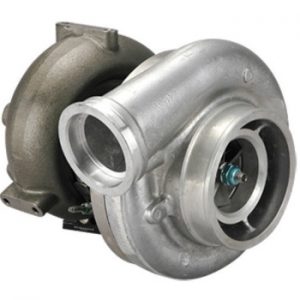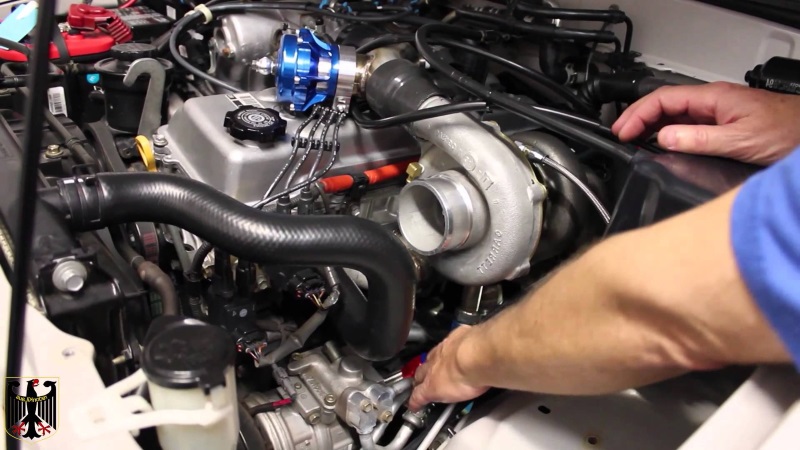Turbochargers: What Are They and Why Do You Need One?

So, How Does a Turbocharger Actually Work?
Alright, here’s the deal – turbochargers are a pretty clever bit of gear. They’re designed to get more power out of your engine without making it massive and thirsty. You see a lot of them on late model Mazdas, VW Golfs, even those little Suzuki Swifts zipping around Rototuna. Basically, a turbo uses the hot air from your exhaust to spin a turbine. That turbine cranks up a compressor on the other side, which ramps up the amount of air your engine can suck in. More air means you can burn more fuel, and boom – more power down Racecourse Road or up to The Base for some shopping.
If you’re the sort who loves a deep dive, this link explains the workings of turbochargers at a nuts-and-bolts level. But honestly? Enough to know it’s all about using what would otherwise be wasted exhaust energy to give your car an extra kick, especially handy for overtaking some dawdler on Morrinsville Road.
Why Bother With a Turbocharger?
Look, here in Hamilton there’s plenty of slow-moving traffic – those roundabouts on Ulster Street get a bit old, aye. But when the lights go green or you hit the expressway towards Cambridge, you want your car to move. Modern turbos let you have a smaller, more economical engine around town, and a bit of poke for the open road. You’ll also get better fuel economy: less hurt for your wallet with all the recent petrol price jumps.
Heaps of new cars, Asian and European, are using them. We see Mitsi Outlanders, Ford Rangers, Hyundai Konas, not to mention Toyota Hiluxes – all with turbos. Also helps with emissions, which is a win for anyone doing a WOF in Hamilton or Te Awamutu these days.
Another plus – turbos add serious grunt without making the car heavier. So if you’re hauling the kids from Pukete to Hillcrest, you’ll notice that extra oomph without feeling like you’re lugging around an anchor.
What Wrecks a Turbocharger?
Right, so here’s where it goes pear-shaped. Most turbos croak because of plain old neglect. Oil’s a biggie. If you miss your car service around Hamilton, or you’re running old gunky oil, that turbo’s going to complain. Not enough oil or dodgy oil kills the bearings real quick.
We’ve had folks from Ngaruawahia bring in their BMW 320i with a dodgy turbo because a bit of grit got sucked in – blocked that intake, mashed the compressor wheel, not pretty. Seen a couple of Kia Sportages with overheating issues too, usually from running hard up the expressway on those real hot summer arvos. Turbos hate excess heat and lack of proper cooling, especially after a few stop-starts in Dinsdale traffic jams.
Other issues? Overboost from backyard tuning, wastegate dramas, seals failing – all can end your turbo’s career faster than a pothole on Kahikatea Drive ruins your morning.
Want more technical info? Have a read about exhaust manifold repairs here.
Time for a New Turbo? What to Look Out For
Sometimes, it’s obvious. We get a lot of Nissan Qashqai and Peugeot 308 owners coming in with whining noises when the boost kicks in, or the check engine light burning a hole in their dash. Could be using more fuel or noticing you just don’t have the power you used to tearing up Cobham Drive.
- Check engine light won’t go away
- Drinks more petrol than usual
- Funny whistling or whining sounds when you’re on the gas
- Or just feels like the car’s lost its get-up-and-go
Our techs can pull the old turbo out – seen everything from worn-out bearings to shredded seals. We’ll sort a new one, fit it up right, and get you sorted for another few years of trouble-free driving. If you haven’t sourced a new turbo yet, no stress – we’ll help you pick the right one for your Ford Focus, Mazda Atenza, or whatever you’re driving.
If you want a turbo install done proper, by folks who know Hamilton roads and weather inside out, give us a shout at Grimmer Motors!

